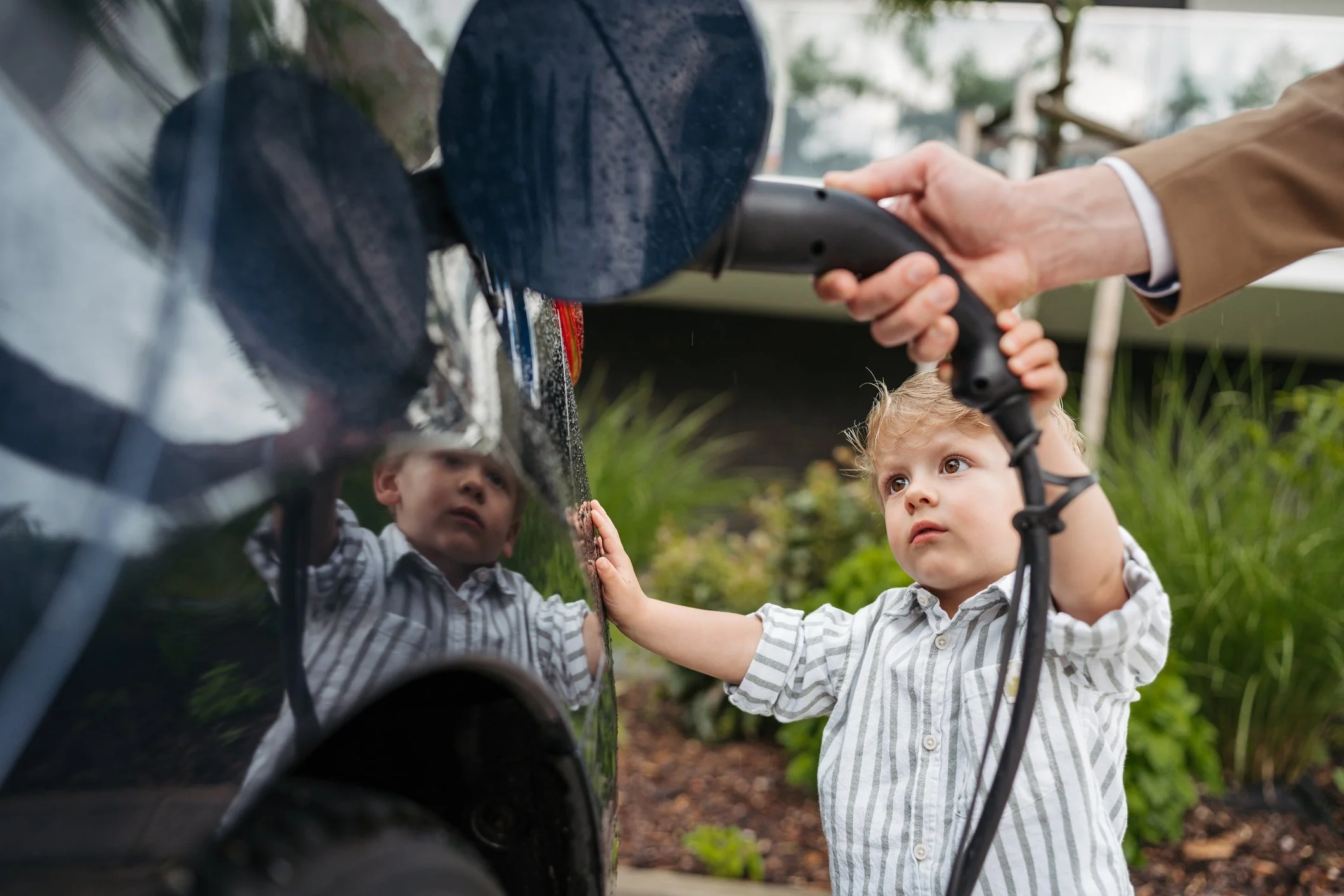SMART CITIES
Transforming Our Urban Spaces
By 2030, 60 percent of the world’s population will live in cities. As our cities get larger and more complex, new “smart” technologies are cutting energy consumption, lowering operational costs, decreasing air pollution, protecting water supplies, and delivering new services to offer citizens a better quality of life.
What’s new?
Explore our spotlight topics
Cities are having a lightbulb moment.
Smart lighting systems can help cities reduce costs, cut carbon emissions, and help boost energy efficiency and public safety.
Some cities are just naturally cool.
Planting trees is one of the most effective strategies to protect people from heat in cities. Trees can lower the air temperature in city neighborhoods by 10 degrees.
EV drivers can help us take control of the grid.
Electrifying transportation will require not just more EVs, but a reliable charging infrastructure, upgrades to the grid, and collaboration between utilities and consumers.
A resilient grid helps us power through the unexpected.
About 350 million people were impacted by major power outages from extreme weather. Distributed Energy Resources (DER) can enhance grid resilience.
White paint can keep the forest green.
Light-colored roofs reflect more sunlight and absorb less heat than dark-colored roofs so they keep buildings cooler.
How smart cities are responding to disasters.
Smart technologies can play an important role in helping cities to prepare, predict, manage, and recover from natural disasters.
How smart technologies can help reduce leaks and save money.
Water scarcity has become an increasingly serious threat due to climate change, growing populations, and aging utility grids.
What do you know about smart cities?
Take our quiz to put
your knowledge to the test.















